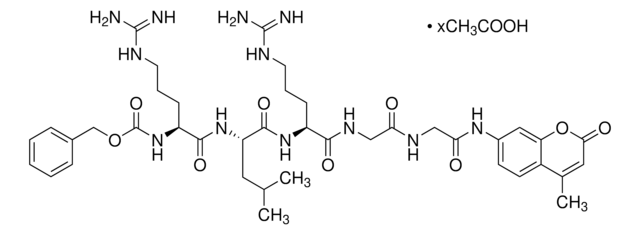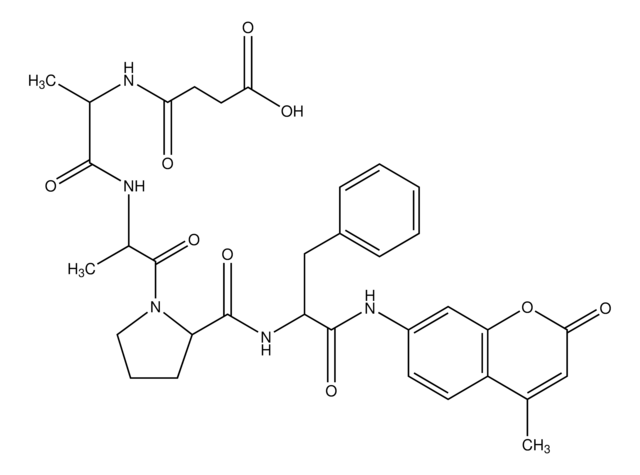908584
WinterRed photocage
≥95%
Synonym(s):
(3,7-Bis(4-(dimethylamino)styryl)-1,5,5,9-tetramethyl-dipyrrolo[1,3,2]diazaborinin-10-yl)methanol, 3,5-Bis(4-dimethylamino)styryl-1,7-dimethyl-8-hydroxymethyl pyrromethene dimethylborate, BODIPY Photocage
Sign Into View Organizational & Contract Pricing
All Photos(1)
About This Item
Recommended Products
Assay
≥95%
form
powder
storage temp.
2-8°C
Application
WinterRed Photocage is a red/near-IR light absorbing photocage and is easily functionalized to an ester with DCC/EDC couplings for photorelease of carboxylic acids.
Product can be used with our line of photoreactors: Including Penn PhD (Z744035) & SynLED 2.0 (Z744080)
Product can be used with our line of photoreactors: Including Penn PhD (Z744035) & SynLED 2.0 (Z744080)
Other Notes
Legal Information
US Patent Application #16/140,218
related product
Product No.
Description
Pricing
Storage Class Code
11 - Combustible Solids
WGK
WGK 3
Flash Point(F)
Not applicable
Flash Point(C)
Not applicable
Certificates of Analysis (COA)
Search for Certificates of Analysis (COA) by entering the products Lot/Batch Number. Lot and Batch Numbers can be found on a product’s label following the words ‘Lot’ or ‘Batch’.
Already Own This Product?
Find documentation for the products that you have recently purchased in the Document Library.
Julie A Peterson et al.
Journal of the American Chemical Society, 140(23), 7343-7346 (2018-05-19)
Photocages are light-sensitive chemical protecting groups that provide external control over when, where, and how much of a biological substrate is activated in cells using targeted light irradiation. Regrettably, most popular photocages (e.g., o-nitrobenzyl groups) absorb cell-damaging ultraviolet wavelengths. A
Tomáš Slanina et al.
Journal of the American Chemical Society, 139(42), 15168-15175 (2017-10-19)
A detailed investigation of the photophysical parameters and photochemical reactivity of meso-methyl BODIPY photoremovable protecting groups was accomplished through systematic variation of the leaving group (LG) and core substituents as well as substitutions at boron. Efficiencies of the LG release
Our team of scientists has experience in all areas of research including Life Science, Material Science, Chemical Synthesis, Chromatography, Analytical and many others.
Contact Technical Service








